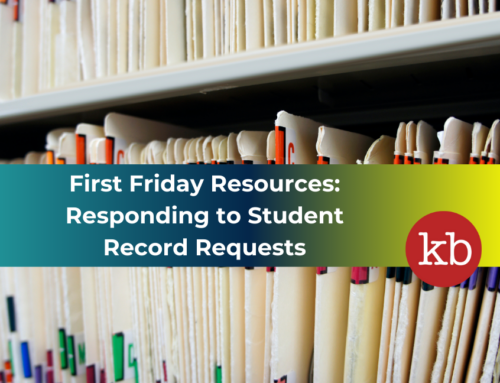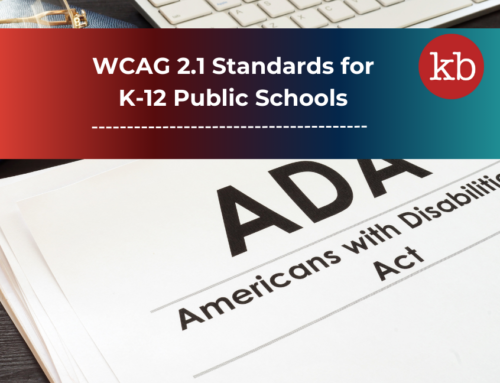The Office of Special Education Programs is working on a resource document to address wandering by school children, and several advocacy groups said they hope the paper gives parents and educators much needed information about this dangerous and often misunderstood behavior.
According to U.S. Education Department spokesperson Elizabeth Hill, OSEP began work to address wandering in 2016, and that work is ongoing. OSEP has shared information with several stakeholder groups but is not collaborating with any specific group, she said.
Wandering, which is sometimes referred to as elopement or bolting, can be common and short-lived in toddlers, but the behavior can persist or re-emerge in individuals with disabilities. A child or adult can leave the safety of a responsible person as a way of communicating that they want or need something or don’t want something, according to the National Autism Association.
Not being able to locate a child in their care can be terrifying for educators. The worst outcome is that the missing child gets hurt or dies.
“It’s critical for teachers to have the supports they need and for students to have protections in place,” said Lori McIlwain, cofounder of the NAA.
Stuart Spielman, a senior policy advisor and counsel for Autism Speaks, said he hopes ED provides information on the scope and dangers of wandering and that the document spells out specific actions schools can take to address the safety of students.
“Wandering is a national issue, and additional resources are needed to protect children with autism or other developmental disabilities,” Spielman said. “These children should be in safe places with responsible caregivers. A school resource document would bring us closer to this goal.”
In a draft document obtained by Special Ed Connection®, OSEP wrote that children with disabilities are at greater risk for wandering. Students with autism, pervasive developmental disorder-not otherwise specified, emotional disturbance, intellectual disability, or developmental delays are at the greatest risk, according to the document.
“The foundation of any discussion about wandering is the conviction that every effort should be made to structure environments and provide supports so that wandering does not occur,” OSPE stated in the draft paper.
In the document, OSEP also discussed proactive, commonsense strategies schools can take to prevent wandering in students, including forming a planning team, understanding the behavior, teaching safety measures to all students, and using more intensive interventions for children who are at greater risk of wandering while still following federal and state laws such as least restrictive environment provisions.
A resource document from ED would help draw more awareness to this serious issue, said Heather Sacks, a policy and advocacy director with the National Down Syndrome Congress. “It would use the national platform to highlight that this problem exists,” she said.
Key points:
· Federal resource document could raise awareness, prevent tragedies, supporters say
· Wandering can occur in nearly half of children with autism, research shows
· Localities and groups already providing elopement resources for educators
Kara Arundel covers special education for LRP Publications.
This article was written and published by LRP Publications. Copyright 2018© LRP Publications



